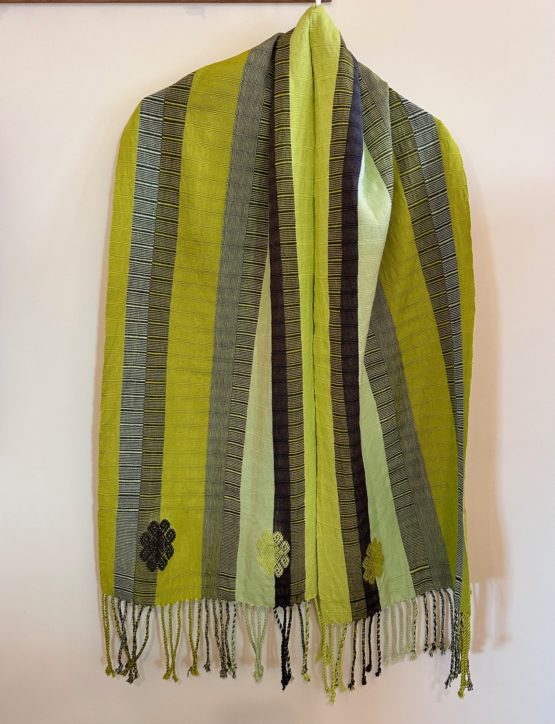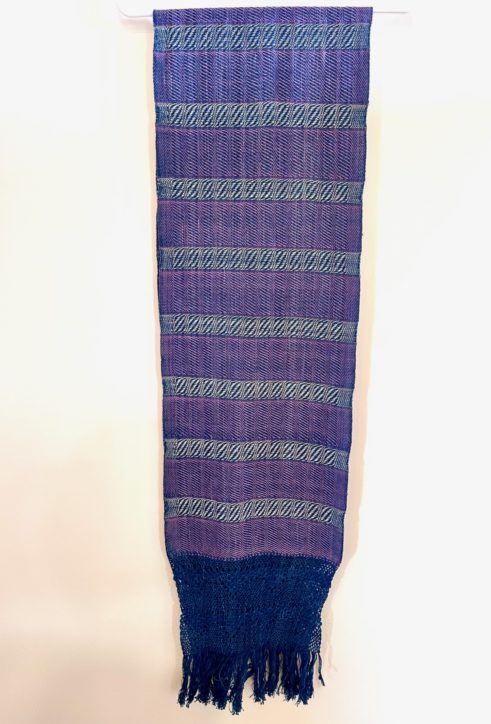- Click to email a link to a friend (Opens in new window)
- Click to print (Opens in new window)
- Click to share on Facebook (Opens in new window)
- Click to share on Twitter (Opens in new window)
- Click to share on WhatsApp (Opens in new window)
- Click to share on Tumblr (Opens in new window)
- Click to share on LinkedIn (Opens in new window)
- Click to share on Pinterest (Opens in new window)
- Click to share on Pocket (Opens in new window)
- More
Search by Topic
Stay Connected!
LIKE Us on Facebook!
Social Media Connections
-
Connect: email, text or WhatsApp +1-919-274-6194, FB Messenger, IG
-
Why Travel With Us: We Are Cultural Educators
-
- We know the culture! We are locally owned and operated.
- Eric Chavez Santiago is Zapotec, born and raised in Teotitlan del Valle, Oaxaca.
- Norma Schafer has been living in Oaxaca for almost 20 years.
- We have deep connections with artists and artisans.
- 63% of our travelers repeat -- high ratings, high satisfaction.
- Wide ranging expertise: textiles, folk art, pottery, cultural wisdom.
- We give you a deep immersion to best know Oaxaca and Mexico.
-
Creating Connection and Meaning between travelers and with indigenous artisans. Meet makers where they live and work. Join small groups of like-minded explorers. Go deep into remote villages. Gain insights. Support cultural heritage and sustainable traditions ie. hand weaving and natural dyeing. Create value and memories. Enjoy hands-on experiences. Make a difference.
-
What is a Study Tour: Our programs are learning experiences, and as such we talk with makers about how and why they create, what is meaningful to them, the ancient history of patterning and design, use of color, tradition and innovation, values and cultural continuity, and the social context within which they work. First and foremost, we are educators. Norma worked in top US universities for over 35 years and Eric founded the education department at Oaxaca’s textile museum. We create connection.
-

-
OCN Creates Student Scholarship at Oaxaca Learning Center Giving back is a core value. Read about it here!
Why We Left, Expat Anthology: Norma’s Personal Essay
We Contribute Two Chapters!
-
Meet Makers. Make a Difference
-
Oaxaca Cultural Navigator LLC has offered programs in Mexico since 2006. We have over 30 years of university, textile and artisan development experience. See About Us.
-
Programs can be scheduled to meet your independent travel plans. Send us your available dates.
-
Designers, retailers, wholesalers, curators, universities and others come to us to develop artisan relationships, customized itineraries, study abroad programs, meetings and conferences. It's our pleasure to make arrangements.
-
Select Clients *Abeja Boutique, Houston *Selvedge Magazine-London, UK *Esprit Travel and Tours *Penland School of Crafts *North Carolina State University *WARP Weave a Real Peace *Methodist University *MINNA-Goods *Smockingbird Kids *University of North Carolina at Chapel Hill
-
Tell us how we can put a program together for you! Send an email norma.schafer@icloud.com
PRESS
- WEAVE Podcast: Oaxaca Coast Textiles & Tour
- NY Times, Weavers Embrace Natural Dye Alternatives
- NY Times, Open Thread–Style News
- NY Times, 36-Hours: Oaxaca, Mexico
Our Favorites
- Cooking Classes–El Sabor Zapoteco
- Currency Converter
- Fe y Lola Rugs by Chavez Santiago Family
- Friends of Oaxaca Folk Art
- Hoofing It In Oaxaca Hikes
- Living Textiles of Mexico
- Mexican Indigenous Textiles Project
- Museo Textil de Oaxaca
- Oaxaca Lending Library
- Oaxaca Weather
- Taller Teñido a Mano Natural Dyes











NAFTA, Hybrid Corn, Oaxaca Milpas and Climate Change: Which Corn Will Survive?
June 16, 2010, The Nation, Retreat to Subsistence by Peter Canby
http://www.thenation.com/article/36330/retreat-subsistence
Here is a lengthy and worthwhile article written about the breakdown of NAFTA promises and the pressure on the indigenous Oaxaca farmer to give up small plot farming of native corn, beans and squash (milpas) in favor of supposedly more highly productive hybrid corn. Never mind that it takes fossil fuel energy in the form of chemical fertilizers to feed hybrid corn. Never mind that insecticides and herbicides required for this type of farming destroy the wild herbs and vegetables that could be the source for food evolution and seed adaptation. The author suggests that it is the indigenous farmers who will develop the crops that will sustain drought, heat, cold, etc. because they will need to continue to feed their families and communities. Just as maize was cultivated 8,000 years ago, the evolution of food will continue as long as adaption is politically and economically supported.
Like this:
Comments Off on NAFTA, Hybrid Corn, Oaxaca Milpas and Climate Change: Which Corn Will Survive?
Posted in Cultural Commentary, Food & Recipes
Tagged chemical fertilizers, corn, food evolution, growing corn in Mexico, milpas, NAFTA, Peter Canby, politics of corn, Retreat to Subsistence, The Nation